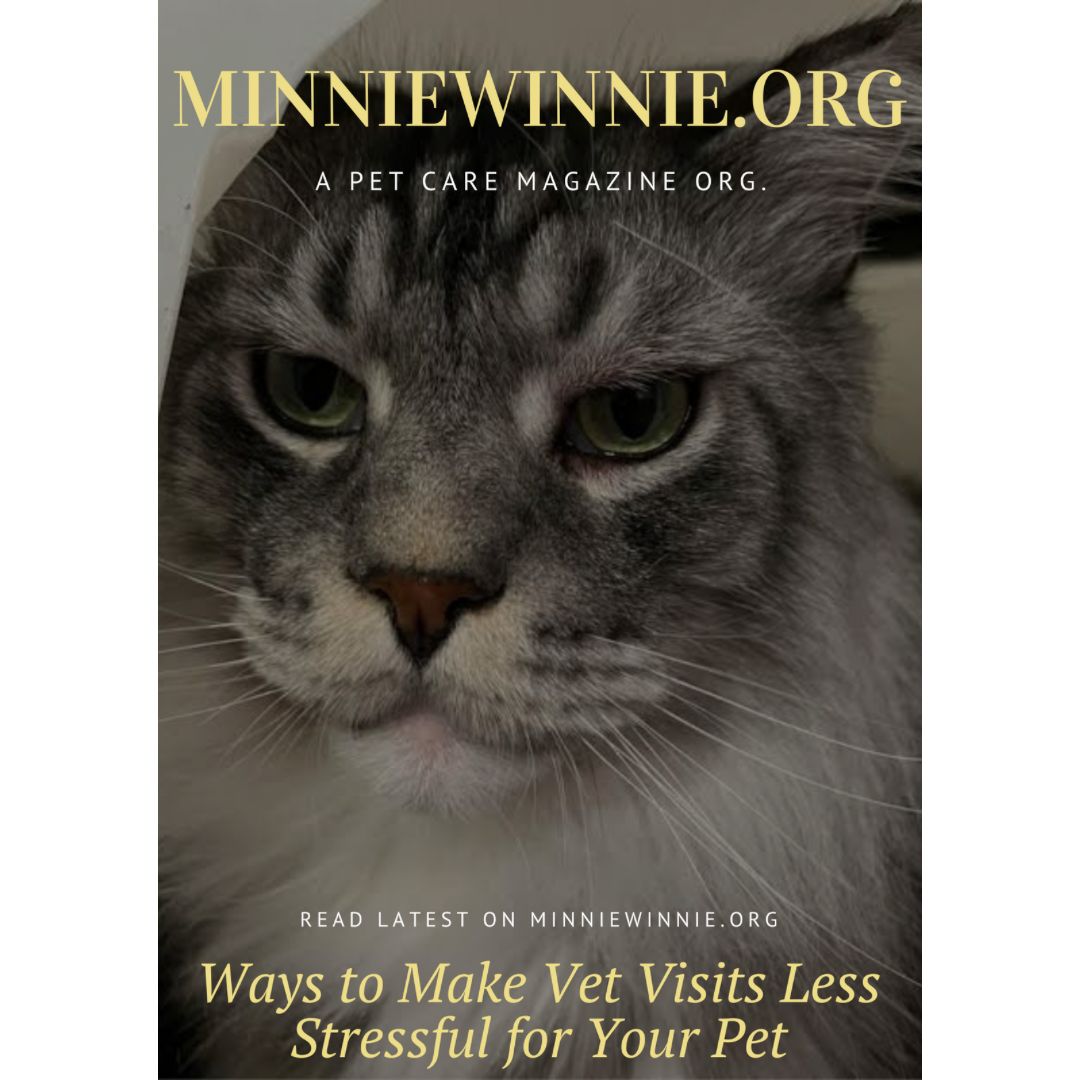Ways to Make Vet Visits Less Stressful for Your Pet
Vet visits are an essential part of keeping your pet healthy, but they can also be a source of stress for both pets and their owners. The unfamiliar environment, strange smells, and the presence of other animals can make even the most laid-back pet anxious. However, with some preparation and the right approach, you can help reduce your pet’s stress and make their vet visits a more positive experience. Here are some effective strategies to make vet visits less stressful for your pet.
1. Familiarize Your Pet with Their Carrier
For many pets, the stress begins long before they reach the vet’s office—often when they see the carrier. To help your pet feel more comfortable, leave the carrier out in a common area of your home rather than only bringing it out for vet visits. Place soft bedding inside and occasionally toss in treats or toys to create positive associations. Allow your pet to explore the carrier on their own terms so that it becomes a familiar and non-threatening space.
2. Practice Car Rides
For pets that aren’t accustomed to traveling, car rides can be a significant source of anxiety. Before the vet visit, take your pet on short car rides that don’t end at the vet’s office. This helps them get used to the motion and sounds of the car without associating it with something stressful. Gradually increase the length of these rides, always rewarding your pet with treats and praise to reinforce a positive experience.
3. Schedule Visits During Quiet Times
If possible, try to schedule your vet appointments during less busy times of the day. Fewer people and animals in the waiting area can mean a calmer environment, which may help reduce your pet’s stress. Some vet clinics also offer separate waiting areas for cats and dogs, which can be beneficial for pets that are particularly nervous around other animals.
4. Bring Comfort Items
Bringing along a favorite toy, blanket, or even a piece of your clothing can provide comfort to your pet during the vet visit. The familiar scent of home can help soothe their nerves and make them feel more secure in an unfamiliar environment. If your pet has a favorite treat, bring that along too—rewarding them during the visit can help create positive associations.
5. Use Calming Aids
There are a variety of calming aids available that can help reduce your pet’s anxiety during vet visits. Products like pheromone sprays, calming collars, or natural supplements can be used to help soothe your pet. These products mimic the natural calming pheromones that animals produce, creating a sense of safety and well-being. Be sure to consult your vet before using any calming aids to ensure they are appropriate for your pet.
6. Desensitize Your Pet to Handling
Many pets become anxious at the vet because they are not used to being handled in certain ways. You can help desensitize your pet by gently handling them at home in a similar manner to how they would be handled during an exam. For example, regularly touch and hold your pet’s paws, ears, and mouth to get them used to the sensation. Reward them with treats and praise to reinforce that these actions are not threatening.
7. Stay Calm and Positive
Pets are highly attuned to their owners’ emotions, so it’s important to stay calm and positive during the vet visit. If you’re anxious or stressed, your pet is likely to pick up on those feelings and become more anxious themselves. Use a calm, reassuring tone of voice and avoid showing signs of nervousness. Your pet will take cues from your behavior, so projecting confidence and calmness can help them feel more secure.
8. Consider Fear-Free Certified Vets
Some veterinary clinics are certified as “Fear-Free,” meaning they have been trained to handle pets in ways that minimize stress and anxiety. These clinics may use special techniques, such as low-stress handling, soothing music, or calming scents, to create a more comfortable environment for your pet. If your pet is particularly anxious, seeking out a Fear-Free certified vet may be beneficial.
9. Reward Your Pet After the Visit
After the vet visit, reward your pet with something they love, whether it’s a special treat, a favorite game, or extra cuddle time. This helps reinforce a positive association with the vet and lets your pet know that they did a good job. Over time, with consistent positive reinforcement, your pet may begin to feel more comfortable with vet visits.
Conclusion
Vet visits are an unavoidable part of keeping your pet healthy, but they don’t have to be a source of stress. By familiarizing your pet with their carrier, practicing car rides, scheduling visits during quiet times, and using calming aids, you can help reduce their anxiety. Staying calm yourself and rewarding your pet after the visit can also contribute to a more positive experience. With patience and preparation, you can make vet visits less stressful and ensure that your pet receives the care they need in a calm and supportive environment.










